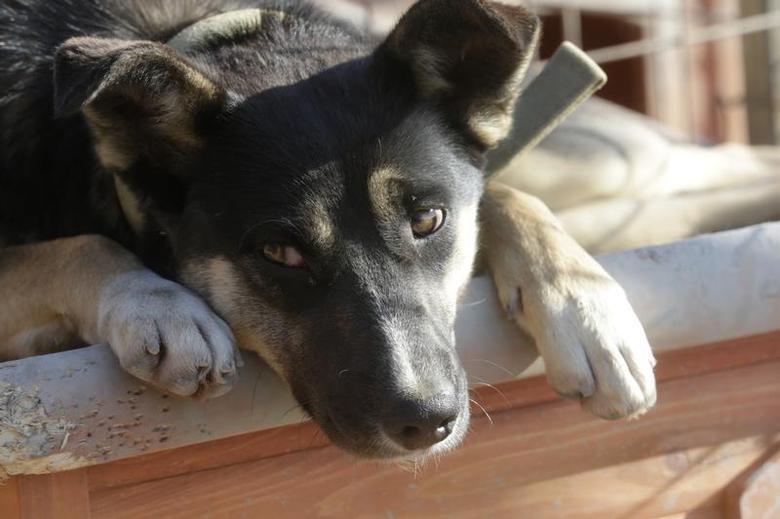
Barking dogs seldom bite. But sometimes they do. Let’s hope that that dog is not infected with rabies when it bites you. My late mother was bitten by a neighbour’s dog in Multan in my childhood. She had to go through the ordeal of 14 injections in the abdomen. Rabies and Tetanus were two diseases we studied in depth during our days of medical college even without seeing a single patient in our major tertiary hospital in Lahore. The reason each medical student had to know about these two diseases was that though very rare, they were highly fatal.
Recently a video clip was circulating of a clinical case of rabies dying in the arms of his mother. Even though I worked as a clinician for many years and have witnessed many deaths I opted not to watch the video. Our job is not to watch but to do something about it. Some weeks later I saw a photograph of a father who was bitten by dogs as he protected his young child. In the picture, he seems stable but unfortunately died a few days later. Some pictures haunt you forever and this was one of them.
What is happening? A disease which was rare now is appearing to be widespread in our population. Something has broken. Unless we admit something is broken we can’t fix the problem. But how do we know? There is very limited data on rabies in Pakistan. Actually this problem is not limited to rabies. We lack a disease surveillance system in the country. In simple words, we don’t have health intelligence for most diseases and without good intelligence, we can’t win the war against infectious agents.
Rabies is a neglected disease around the world due to under-reporting in developing countries, which have the highest burden. Our neighbouring India, with 30 million stray dogs, reports one- third (20,000) of all reported deaths globally. It is working on different control initiatives and has varied success in some states. Countries like Japan and Malaysia have controlled what was once a big problem and turned it into a rare occurrence. So, how do we do this? Like any public health intervention, we need to have a multi-sector approach. We just focus on post-exposure prophylaxis (PEP), which in our case is vaccination, but forget a major component which is a dose of human rabies immune globulin (HRIG) that is given within the first 24 hours of a bite and then on the third, seventh and fourteenth day. But a step before that is washing the wounds for at least 15 minutes in running water (irrigation) using soap if an iodine solution is not available. Better wound care could help protect many victims of dog bites from clinical rabies.
However, we also need to decrease the source of the problem. Just focusing on vaccines and treatment could be very expensive. According to one estimate, it cost China $1.5 billion every year for PEP. So vaccinating and sterilising stray dogs is as important as providing victims vaccines, and is much cheaper.
But Pakistan with all its challenges has few people who focus on things which others ignore. Two decades ago when I was a “new” aspiring public health professional working abroad, I became acquainted with a Pakistani doctor working on rabies in Karachi. Dr Naseem Salahuddin still focuses on rabies and told me that we need to re-train our healthcare workers in a better wound management and treatment regimen to save lives from the clutches of rabies. No more should fathers die saving their young children.
Published in The Express Tribune, November 24th, 2019.
Like Opinion & Editorial on Facebook, follow @ETOpEd on Twitter to receive all updates on all our daily pieces.
































































COMMENTS
Comments are moderated and generally will be posted if they are on-topic and not abusive.
For more information, please see our Comments FAQ